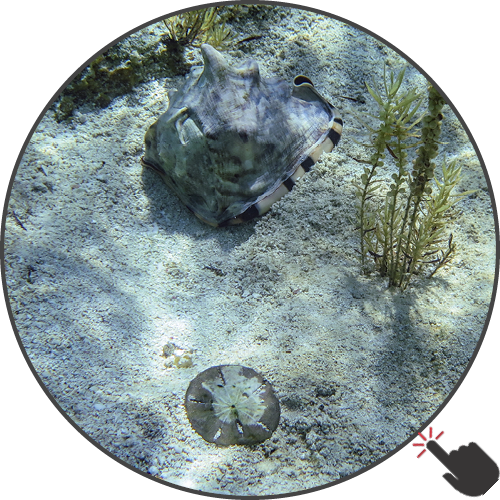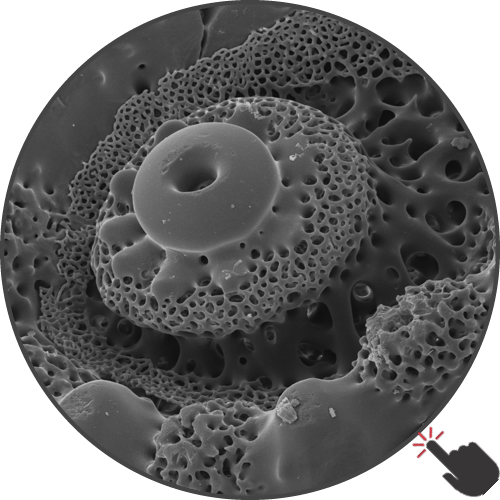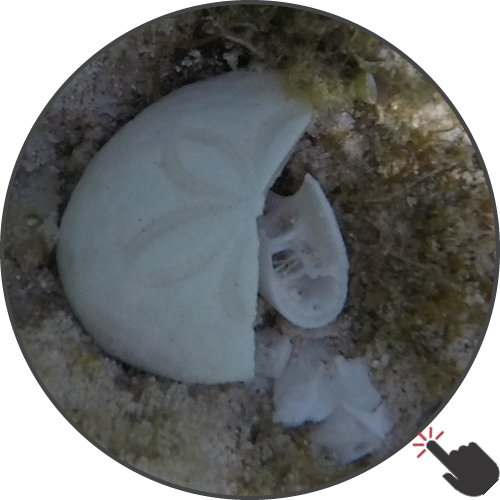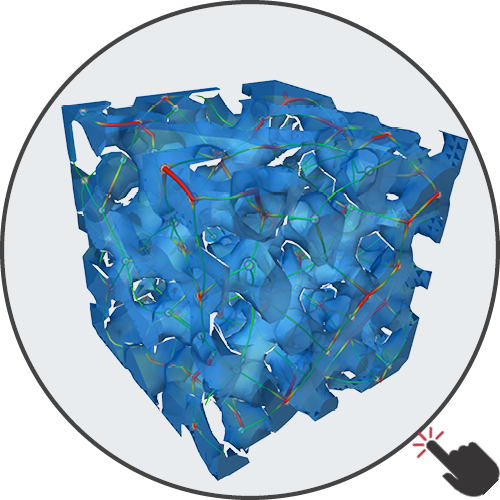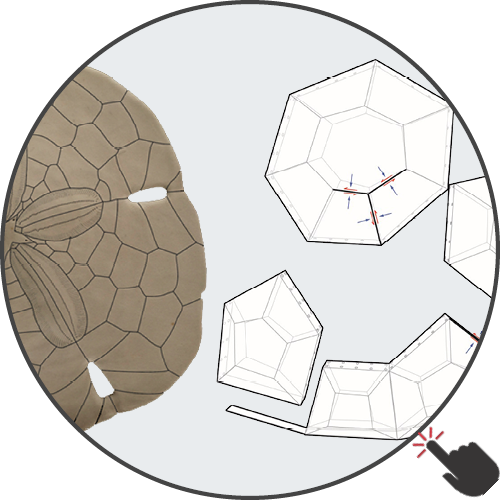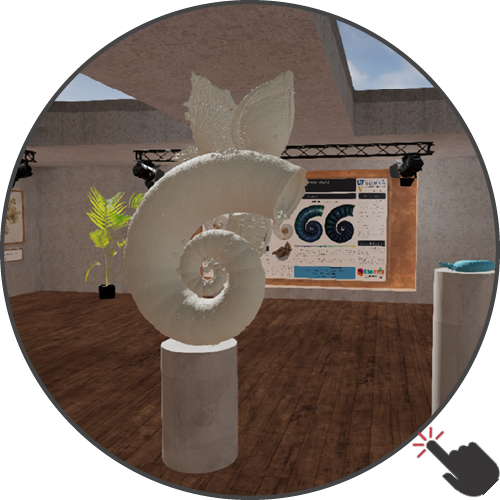Predation
Predation upon benthic marine invertebrates by devouring, crushing and drilling predators is analyzed with a particular focus on recent and fossil echinoid communities. Changes in predator-prey networks, predation frequencies, predation patterns and predatory behavior as well as anti-predation strategies of potential prey items are explored. Temporal and spatial changes in these predatory parameters are correlated with the occurence of predators and major events in earth history.
Preadation traces are described using scanning electron microscopy and x-ray micro-computed tomography. Differential diagnostig features are used to interpret traces recovered from the fossil record.
Comparative analyses of changes in predation frequencies, trace morphologies and predatory behavior are used to track the evolution of predatio through time.
Predation upon echinoids and its implication
Devouring predators either swallow their prey as a whole (e.g. fish), or extrude their stomach for an extraintestinal manifestations (e.g. sea stars). Such foraging strategies produce clean, but undamaged shells and are thus mostly inrecognizable as predatory attacs.
Crushing predators (e.g. otters, birds, reptiles and fish), apply high forces on the echinoid until the calcareous shell collapses. Crushing predation often leaves uncharacteristic breakage patterns behind, but can also result specific traces.
Crushed test of Meoma ventricosa in the Bahamas. The freshly killed (spines still attached) test functions as a habitat for fish.
Drilling predators, such as helmet snails, are known from both recent and fossil environments. They chase their echinoid prey, drill through their calcareous shell and feed upon the soft tissues beneath. From the position and morphology of the resulting drill holes are predatory behavior and stereotypy derived.
The predatory snail Cassis tuberosa and its common prey item, the sand dollar Leodia sexiesperforata with a drill hole in the denuded area.
Drill hole morphologies are often characteristic for a predator and correlate with biometric features of it. These traces are thus used for deducing predator parameters, such as predator size and predatory efficiency. These parameters are used for comparative analyses of traces recorded in modern ecosystems and their ancient analogues.
The sea biscuit Clypeaster rosaceus (left) in oral view showing a drill hole. The drill hole in close-up (right) possesses typical characteristics.
A deep understanding of these drill hole parameters is used to recognize drill holes in the fossil record and allow for an interpretation of paleoecosystems. Changes in predation frequencies, predatory stereotypy and morphological adaptations through geological time are of particular interest as changes indicate the presence of evolutionary processes.
Characteristics of drill holes produces by cassid gastropods.
The drill hole morphology is in the focus of comparative analyses as these predatory traces can not only be used for frequency comparisons and changes differences in behavior, but are also direct evidence for the presence of poorly preservable predators. In addition, drill hole morphology and drilling patterns can reveal the predator taxa.
